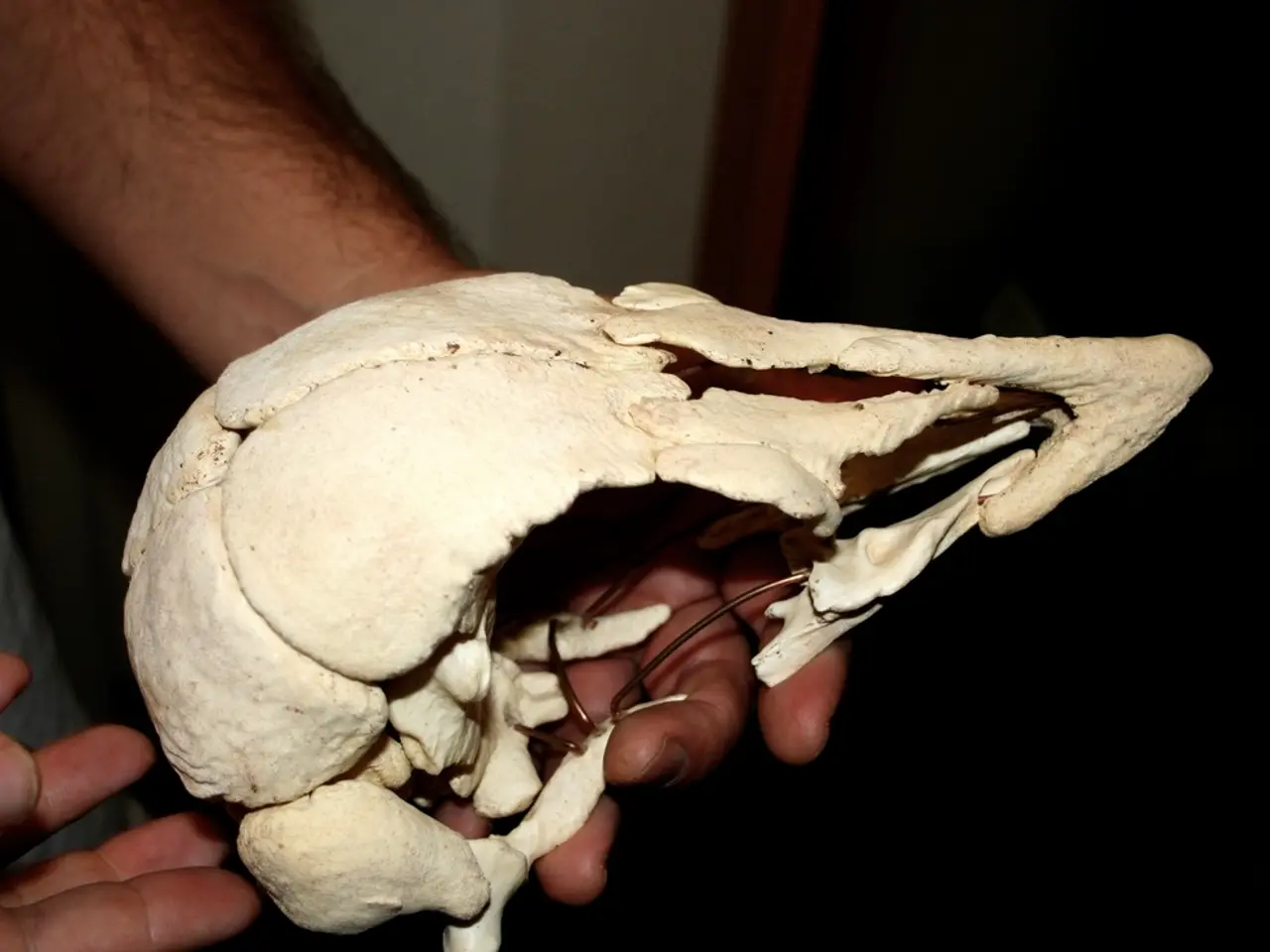Middle Phalanges: The Unsung Heroes of Finger Movement
The human hand's intricate structure includes several types of phalanges, or bones, in the fingers. The middle phalanges, also known as intermediate phalanges, play a crucial role in finger movement and function.
Each finger, except the thumb, contains three phalanges: proximal, intermediate, and distal. The intermediate phalanges, or middle phalanges, are sandwiched between the proximal phalanges at the base of the finger and the distal phalanges at the tip. Unlike the thumb, which has only two phalanges, the fingers have this unique three-bone structure.
The middle phalanges are jointed at both ends, allowing for two points of articulation. This enables the finger to bend in two places, facilitating the wide range of movements our hands perform daily. Each middle phalanx connects to a proximal phalanx, which is jointed to the metacarpal bone in the palm, and a distal phalanx, which serves as the tip of the finger and houses the fingernail.
The middle phalanges are essential components of the finger structure, enabling the intricate movements that make our hands so versatile. Their unique position and dual articulation points allow for the complex hand gestures and manipulations that we take for granted in our daily lives.
Read also:
- Abu Dhabi initiative for comprehensive genetic screening, aiming to diagnose over 800 conditions and enhance the health of future generations in the UAE.
- Elderly shingles: Recognizing symptoms, potential problems, and available treatments
- Protecting Your Auditory Health: 6 Strategies to Minimize Noise Damage
- Exploring the Reasons, Purposes, and Enigmas of Hiccups: Delving into Their Origins, Roles, and Unsolved Aspects





